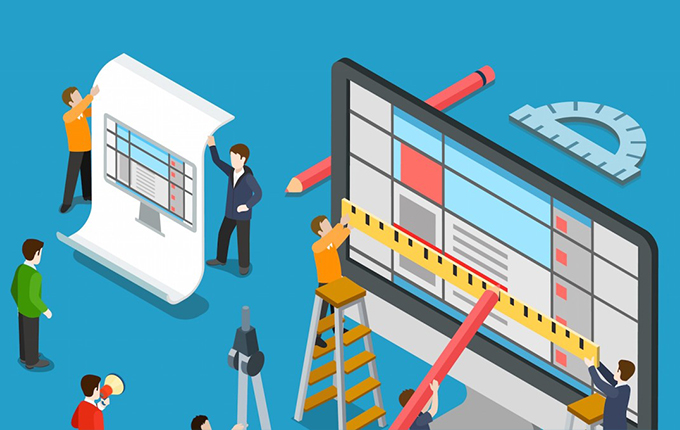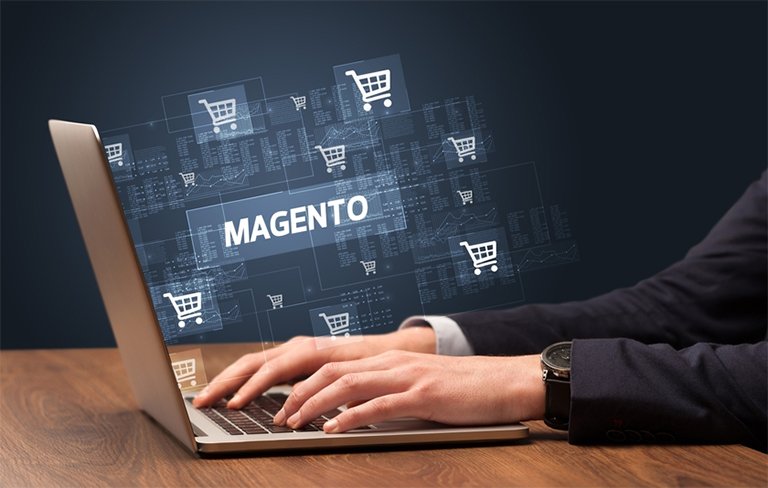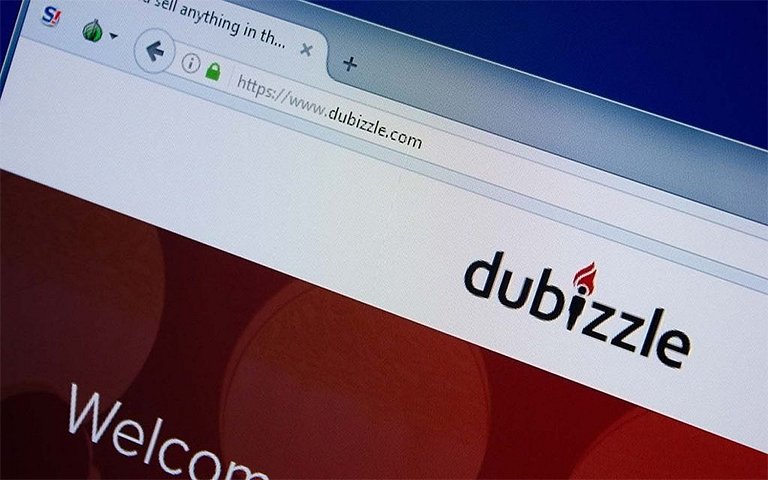When someone wants to build something meaningful—whether it’s a house, a business, or a website—the first question they must ask is: how much am I ready to spend? Design is not just a cost. It is an investment. And like any investment, the return depends on how wisely and how much you invest.
Just like you wouldn’t expect a luxury car at the price of a bicycle, you can’t expect professional design results from the cheapest option available. The quality, creativity, time, and long-term success of your digital presence are closely tied to your design budget.

This article helps you understand why proper investment in design is important, what mistakes many businesses make, and how you can plan your budget wisely to get the most value.
Understanding the Value of Design
Design is not just about colors and visuals. It is about how your customer feels, how they interact, and what actions they take when they land on your site or hold your brochure.
Good design improves:
- First impressions
- User trust and engagement
- Navigation and user flow
- Conversion rates
- Brand loyalty
If your design is poor, slow, or confusing, users won’t stay, won’t buy, and won’t return.
Time vs. Budget: The Right Balance
Think of it like repairing a car. A mechanic can quickly patch something up in 10 minutes, but if you want the car to run long-term without issues, more time and attention are required. The same is true with UI/UX design. If your budget is too low, designers can only give you limited time and effort.
Good designers take time to:
- Understand your brand
- Research competitors
- Build a user journey
- Plan mobile and desktop views
- Adjust for accessibility and user psychology
So the question is not just how much the design “costs,” but how much time and effort you are actually paying for.
The Problem with the Tendering Process
Many businesses follow a traditional tendering model—they send out a request to multiple design companies, wait for quotes, and then choose the cheapest one. But this often leads to problems.
Why?
Because most designers don’t price based on the same deliverables. One designer may include strategy, research, mobile responsiveness, and testing. Another may just offer a simple design file.
So if you only compare prices and not the actual value, you’ll likely choose a designer who charges less because they are doing less.
Different Budgets = Different Results
Let’s look at a simple example of how design budgets reflect in outcomes:
| Budget Range | What You Usually Get | Suitable For |
|---|---|---|
| $200 – $500 | Pre-made template, limited edits, no strategy | Personal blogs or test sites |
| $800 – $1,500 | Semi-custom design, basic mobile compatibility | Small local businesses |
| $2,000 – $4,000 | Custom UI/UX, research-based, mobile-first, brand-focused | Startups or eCommerce |
| $5,000+ | Strategic design, full branding, scalability built-in | Corporate, enterprise sites |
If your business runs online or you depend on leads and conversions, your budget should match your goals. Low investment leads to short-term fixes; higher investment builds long-term digital assets.
The Importance of Budget Transparency
Many clients hesitate to share their budget with Web design agencies. They believe that hiding it might help them get a better deal. But this actually slows down the process and leads to mismatched expectations.
A better approach is to be honest about your budget. This helps the agency:
- Propose realistic options
- Focus on priorities
- Avoid wasting time on features you don’t need
Professional designers don’t just inflate costs; they scale their services to match your limits.
Why You Should Avoid the Cheapest Option
Let’s consider two fictional clients:
- Client A picks the cheapest quote. The design looks okay, but loads slowly, isn’t mobile friendly, and doesn’t support future updates. Within 6 months, they need a redesign Website.
- Client B chooses a mid-level budget. They get a custom site with SEO structure, mobile optimization, and branding support. Their leads increase steadily over time.
Client A ends up spending more in total because of fixes and redesigns, while Client B enjoys results for years.
How Much Should You Actually Invest?
The answer depends on:
- Your business size
- Your design needs (website, app, print, branding)
- The role of digital in your business growth
As a general rule, design should be 10%–20% of your total project or marketing budget. So if you are spending AED 50,000 on a digital campaign, AED 5,000–10,000 should be reserved for design.
What Happens When You Under-Invest?
If you don’t invest enough in design, the risks include:
- A poorly functioning website
- Low engagement and high bounce rates
- Users losing trust due to unprofessional visuals
- Loss of leads and conversions
- Negative brand image
Design is the first thing people notice. It takes just 3 seconds for users to decide if they’ll stay or leave. That decision is almost always based on design.
Tips for Planning a Design Budget
Here are some practical steps:
1. Define Your Goals
What do you want the design to achieve?
- Lead generation?
- Online sales?
- Better branding?
2. List Out the Required Features
Do you need:
- Mobile design?
- SEO optimization?
- Animations?
- eCommerce support?
3. Prioritize Features
If your budget is limited, focus on what brings you the highest ROI first.
4. Ask for a Scope Document
Make sure designers clearly mention:
- What’s included (pages, revisions, formats)
- Timelines
- Tools or technologies used
5. Always Keep a Buffer
Unexpected needs always arise during the process. Keep at least 10% of your budget flexible.
Design Investment is Business Investment
Many people still think design is decoration. In reality, design influences every aspect of your business, from how people see you to how they interact with your services.
A powerful design:
- Attracts more visitors
- Makes your site or app easy to use
- Supports your content and marketing
- Builds credibility
- Increases your profits
RedSpider’s Advice on Design Investment
At RedSpider, we have worked with startups, SMEs, and enterprise clients across the UAE. What we’ve learned is simple:
Good clients get great design. Great design gets good results.
We always recommend clients:
- Discuss budget upfront
- Share business objectives
- Understand that design is part of their business growth, not just a project
Our team at RedSpider Web & Art Design is always ready to guide you in setting the right budget and getting maximum value.
Final Thoughts
Instead of asking “how cheap can I get this done,” ask yourself:
“How much value do I want from this design?”
Once your mindset changes, your results will change. A good design is an investment that keeps paying back—through better branding, more traffic, more leads, and long-term trust.
So, how much are you planning to invest in design?





